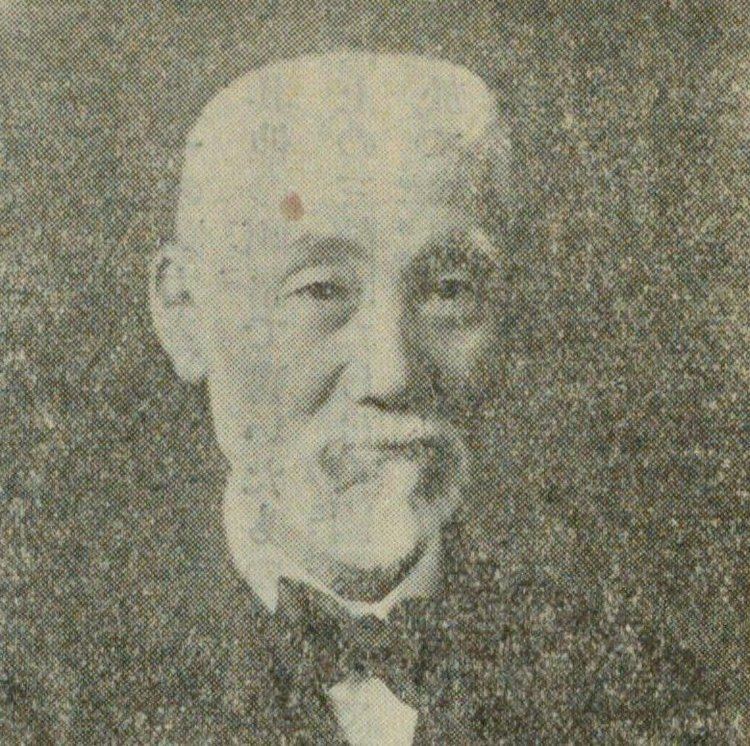Nationality Japanese | Name Tanakadate Aikitsu | |
 | ||
Institutions University of TokyoUniversity of Glasgow Academic advisors Thomas Corwin MendenhallJames Alfred Ewing Known for geophysics, aeronautics, Nihon-shiki romanization, metric system, founding institutions in Japan Died May 21, 1952, Tokyo, Japan Institution University of Tokyo, University of Glasgow | ||
Tanakadate Aikitsu (田中舘 愛橘, September 18, 1856 – May 21, 1952) was a Japanese physicist with diverse interests and effect. His given name was also written as Aikitu. Tanakadate was born in what is now part of the city of Ninohe in northern Iwate Prefecture, Japan.
Tanakadate studied English at Keio-Gijuku University starting in 1873, and graduated from Tokyo Imperial University in 1882 with a degree in physics. He developed a way to write Japanese in the Latin alphabet called Nihon-shiki or Nippon-shiki in 1885. He visited Europe many times, and from 1888 to 1890 worked with Lord Kelvin at Glasgow University and with others in Berlin.
Tanakadate travelled all of Japan from 1893 to 1896, making a survey of gravity and geomagnetism for geophysical research. He founded the Institute of Seismology at Tokyo Imperial University. The International Latitude Observatory (sometimes called the Astro-Geodynamics Observatory) at Mizusawa was founded in 1899 as he had proposed.
Tanakadate was also an early proponent of military aviation. In the Russo-Japanese War, he was an advisor to the Imperial Japanese army on the use of hot air balloons for military reconnaissance purposes. This led to the establishment of an aviation laboratory at Tokyo Imperial University. At a 1907 conference in Paris on the metric system, Tanakadate saw a model of early fixed-wing airplane, and extended his stay in Paris to study further.In his Japanese laboratory he built a wind tunnel. Tanakadate published dozens of articles on aeronautics and aviation from 1910 to 1916 in both Japanese and in French. He appears to have been the most-published Japanese aeronautical scientist of that period. He founded a department on aviation at Tokyo University. An asteroid, 10300 Tanakadate, was named for him in 1989.
Tanakadate was the first Japanese member of the International Committee for Weights and Measures and helped arrange the official adoption of the metric system of weights and measures in Japan. From 1925 to 1947, he served as a member of the House of Peers of the Diet of Japan. In 1944, he was awarded the Order of Culture by the Japanese government.
Some of his papers are kept at Glasgow University.
